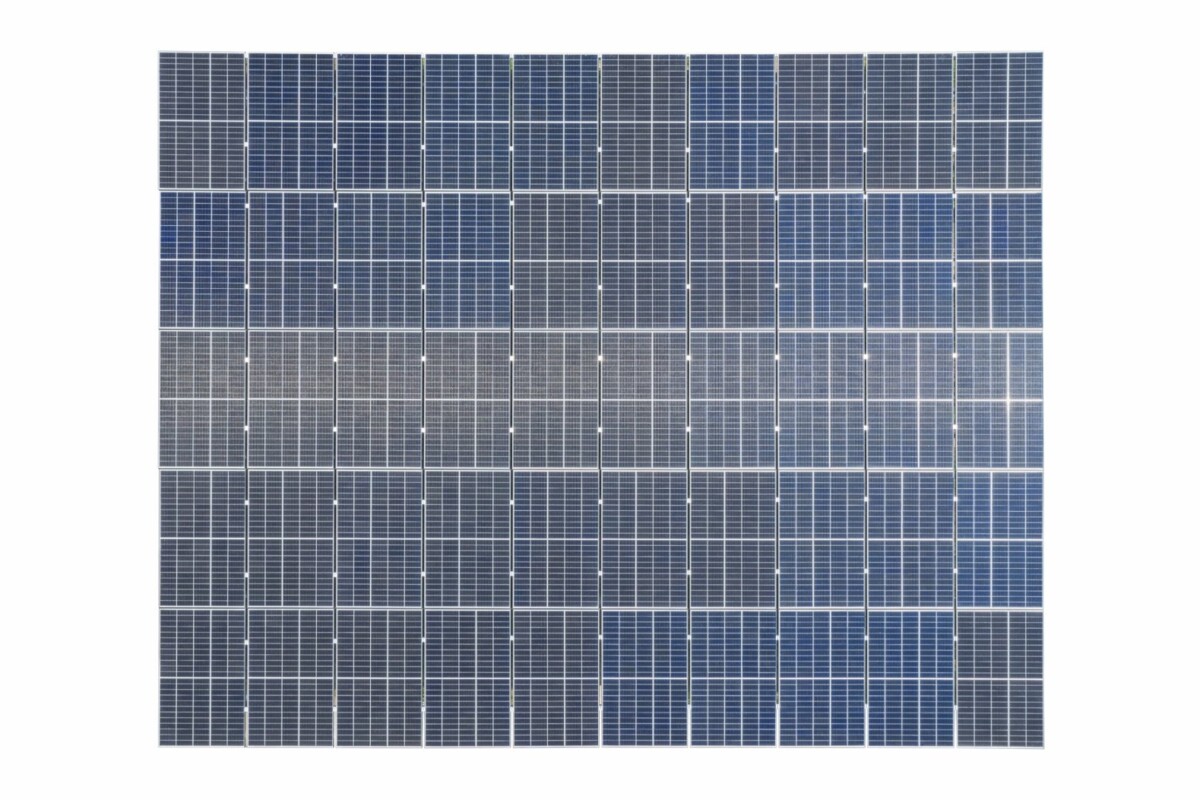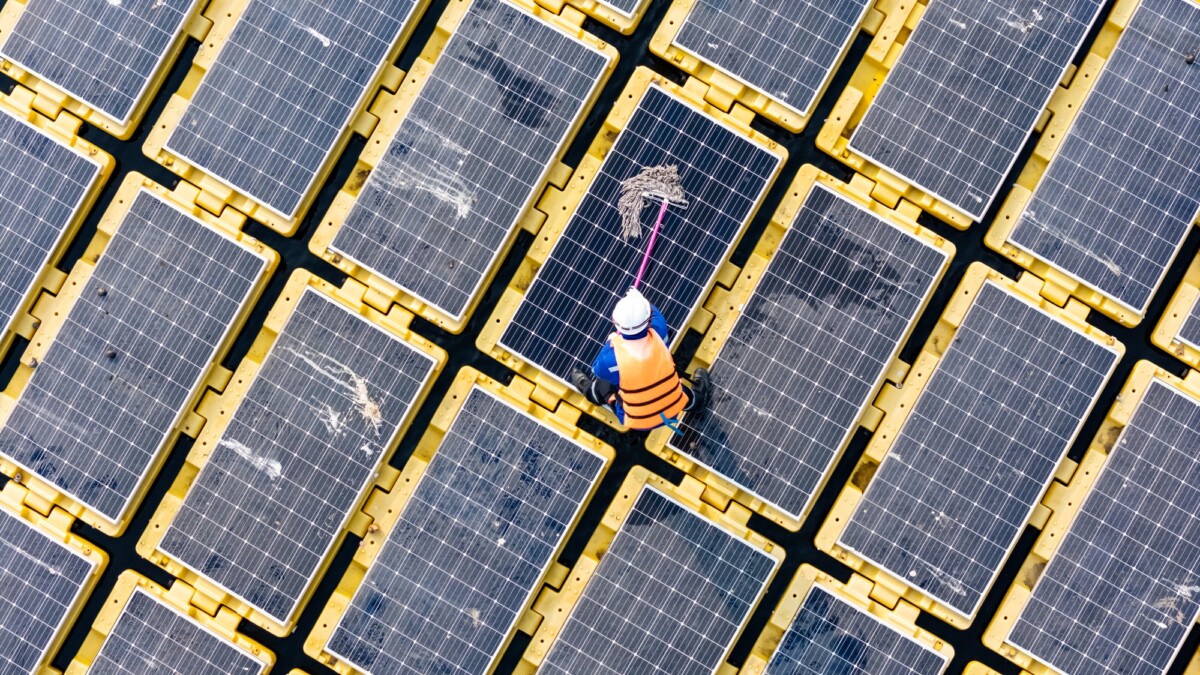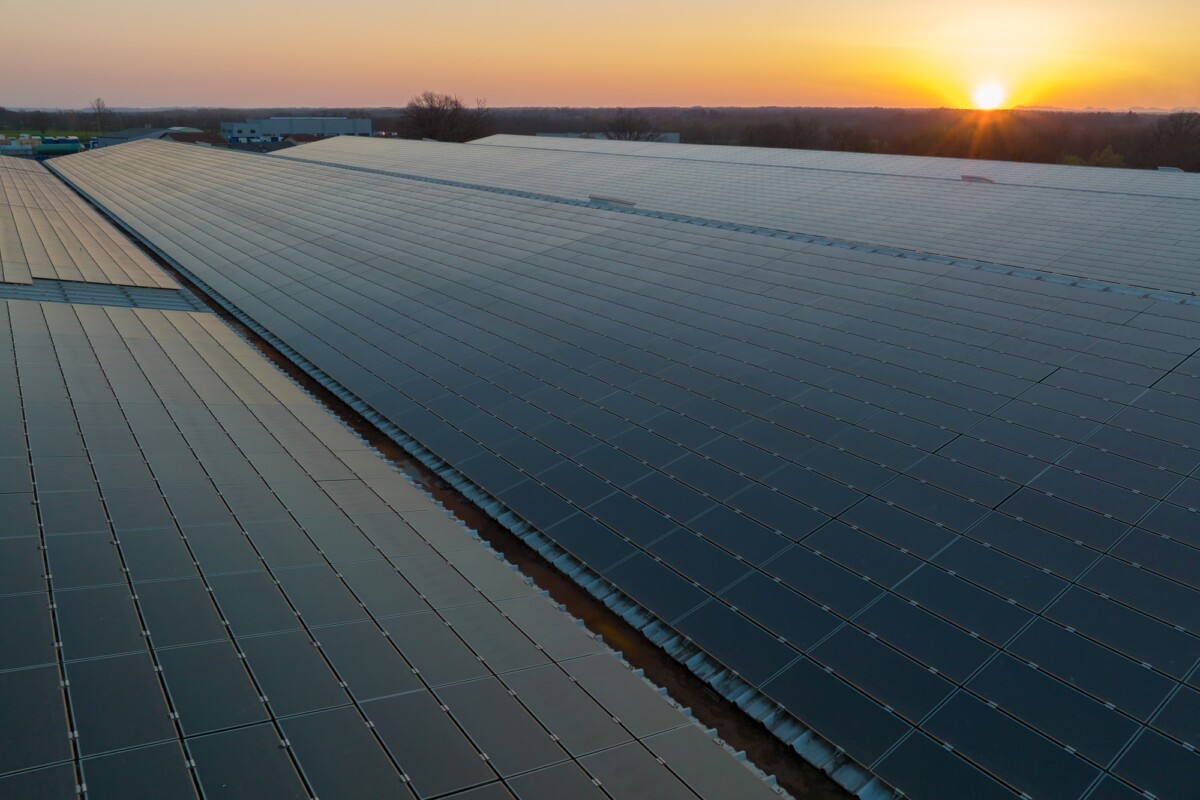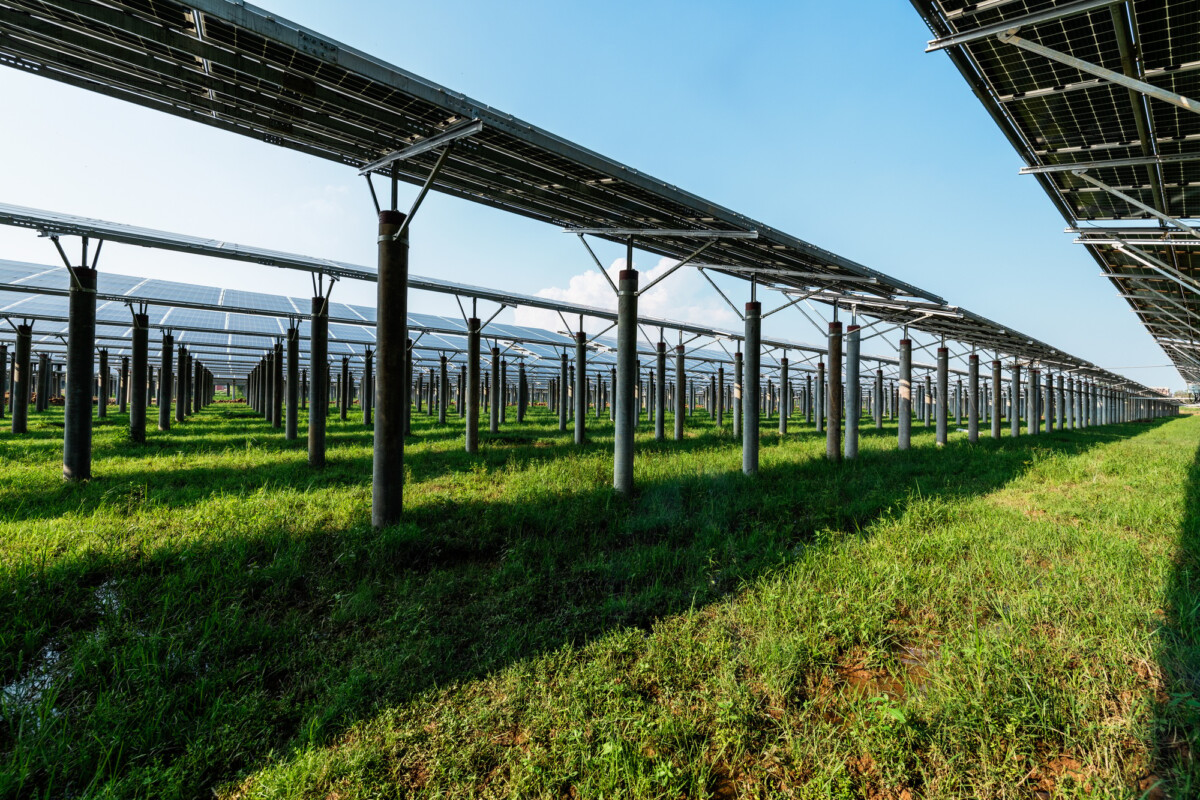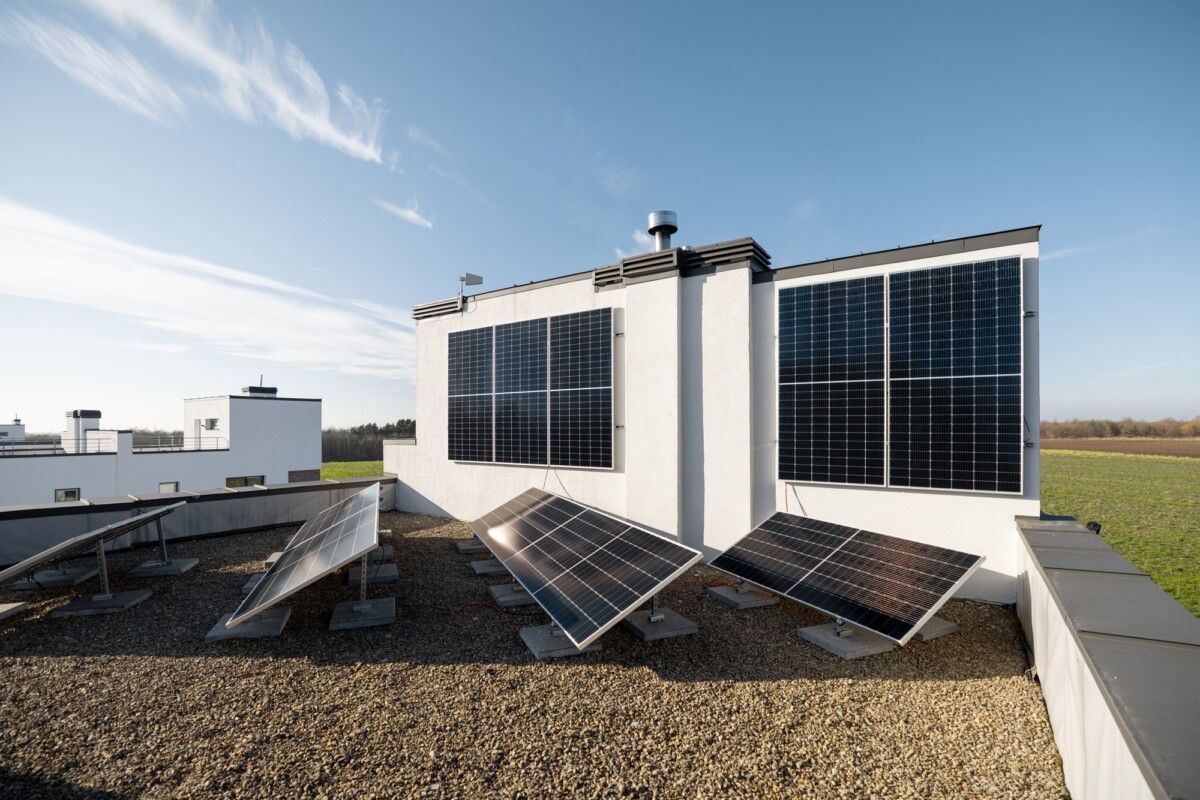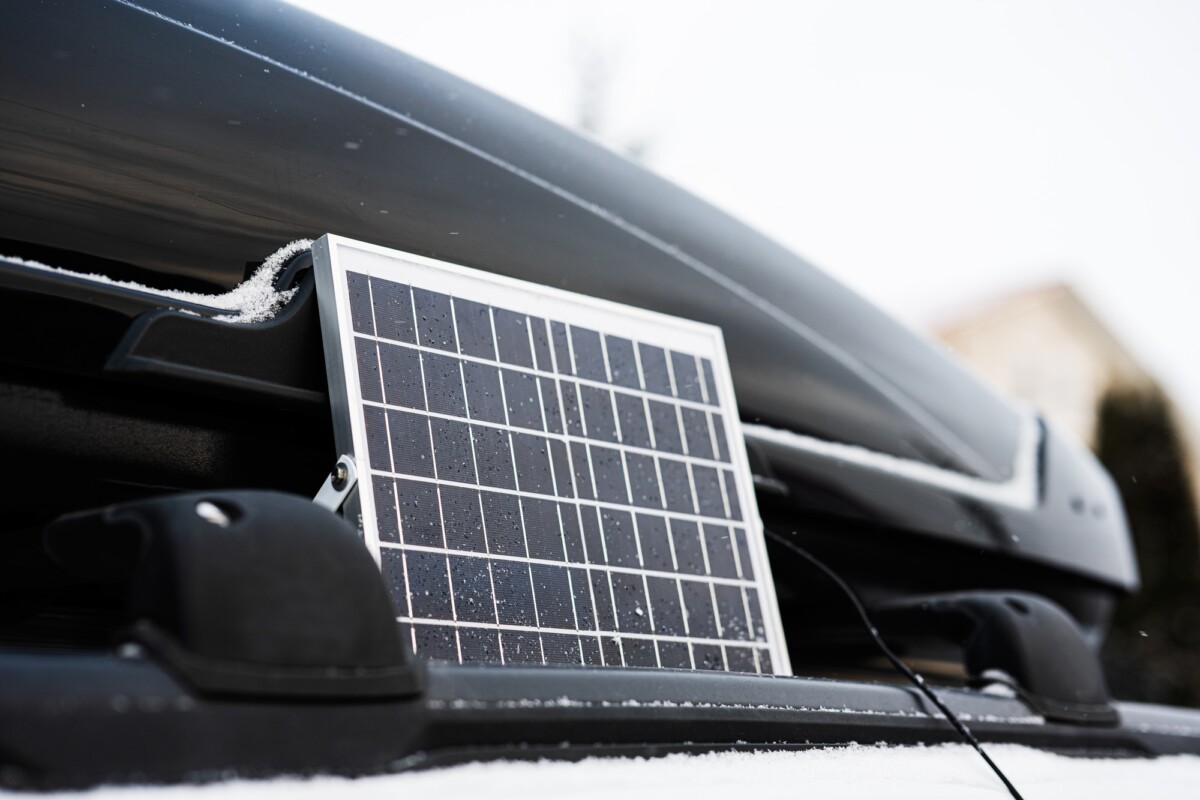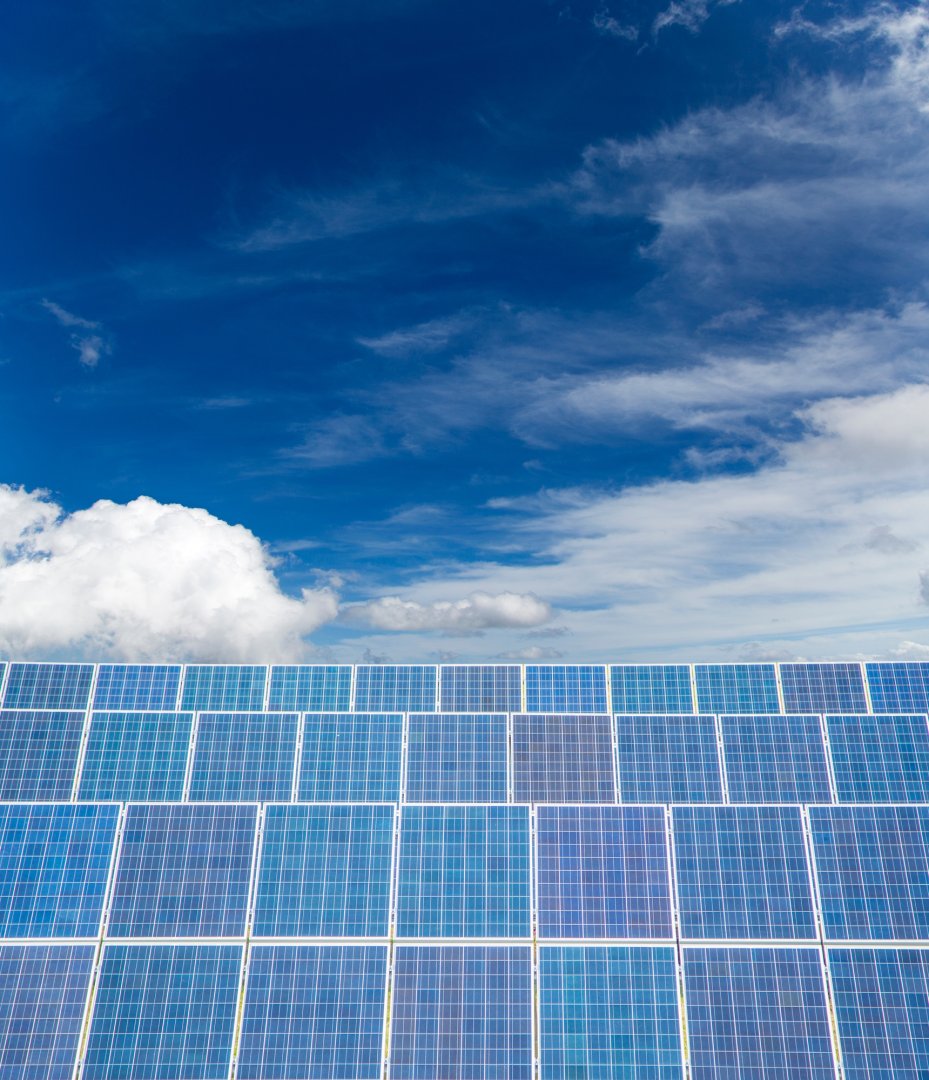Understanding the Benefits of Solar Panel Roofing
Best Solar Panel Roofing roofing is not just a trend; it’s a wise investment for your home. By utilizing solar energy, you can significantly cut down on energy bills and positively impact the environment. This sustainable option is gaining traction among homeowners eager to make a difference while reaping practical benefits.
Why Choose Solar Panel Roofing?
- Cost Savings: Solar panel roofing offers substantial cost savings by allowing you to generate your own electricity, potentially reducing monthly utility bills by up to 70%.
- Environmental Impact: As a clean, renewable energy source, solar panels help lower your carbon footprint and combat climate change, benefiting both you and the planet.
- Increased Home Value: Homes with solar panel roofing often see a rise in property value, as energy-efficient homes are increasingly sought after by buyers.
Real-World Example
Take the Johnson family in California, who experienced a significant drop in electricity bills after installing solar panel roofing. They not only saved money but also took pride in contributing to a cleaner environment. Their home’s value increased, making it more appealing to future buyers.
In summary, solar panel roofing provides numerous benefits beyond financial savings. It’s a conscious investment in a sustainable future, enhancing your home’s efficiency and appeal. Whether driven by cost savings, environmental concerns, or property value, solar panel roofing is a smart choice.
How to Choose the Best Solar Panel Roofing for Your Home
Selecting the best solar panel roofing for your home doesn’t have to be overwhelming. With the right guidance, you can make a choice that benefits both your finances and the environment. Here’s how to get started.
Begin by evaluating your home’s energy needs. Understanding your average energy consumption is crucial in determining the appropriate size and type of solar panels. For homes in sunny areas with high energy demands, larger panels might be necessary. Conversely, smaller panels may suffice for homes with lower energy usage.
Consider the different types of solar panels available, each offering unique advantages:
- Monocrystalline panels: These are highly efficient and have a sleek look, making them ideal for homes with limited roof space.
- Polycrystalline panels: More affordable, they provide a good balance between cost and efficiency.
- Thin-film panels: Lightweight and flexible, these are suitable for unconventional roof shapes.
Finally, focus on the installation and maintenance aspects. Hiring a reputable installer ensures your solar panels are correctly and safely set up. Regular maintenance checks can extend the lifespan of your system, maximizing your investment.
By considering these factors, you can confidently select the best solar panel roofing for your home, leading to sustainable living and substantial energy savings.
Top Features to Look for in Solar Panel Roofing Systems
When selecting solar panel roofing systems, prioritize features that enhance efficiency, durability, and aesthetics. These elements are crucial as solar energy gains popularity, significantly impacting your home’s energy efficiency and value.

Ready to make the switch? Discover how solar power can lower your bills and boost your home’s efficiency. Get a Free Solar Estimate at FREE SOLAR POWER QUOTES
Efficiency and Performance
Efficiency is paramount. High-efficiency panels convert more sunlight into electricity, leading to greater energy savings. Seek panels with high wattage output and a favorable temperature coefficient to ensure optimal performance across various weather conditions.
- High Wattage Output: Select panels with higher wattage to boost energy production.
- Temperature Coefficient: Opt for panels with a low temperature coefficient for consistent performance, even in heat.
Durability and Warranty
Durability is vital for long-term investment. Solar panels must endure harsh weather. Choose panels with sturdy construction and a reliable warranty.
- Robust Construction: High-quality materials help panels withstand wind, hail, and environmental challenges.
- Comprehensive Warranty: A warranty of 25 years or more reflects the manufacturer’s confidence in product longevity.
Aesthetic Integration
Consider how solar panels integrate with your roof’s design. Modern systems offer sleek designs that complement various architectural styles.
- Sleek Design: Opt for panels that enhance your home’s aesthetic without sacrificing performance.
- Color and Style Options: Some manufacturers provide panels in diverse colors and styles to match your roof.
Focusing on these features ensures your solar panel roofing investment meets energy needs while boosting home value and curb appeal.
Comparing Different Types of Solar Panel Roofing Materials
Selecting the best solar panel roofing involves navigating a variety of materials, each offering distinct advantages. Understanding these can help you make an informed decision. Here’s a look at some popular options:
Monocrystalline Solar Panels are renowned for their high efficiency, thanks to their single, pure crystal structure. They are ideal for homeowners with limited roof space aiming to maximize energy output. Despite their higher cost, they offer a long lifespan and a sleek appearance that complements modern roofing styles.
- High efficiency: Perfect for small roofs.
- Durable: Long-lasting and reliable.
- Aesthetic: Blends with contemporary designs.
Polycrystalline Solar Panels are crafted from multiple silicon crystals, resulting in a distinctive blue hue. They are more affordable than monocrystalline panels, making them a favorite among budget-conscious homeowners. Although slightly less efficient, they perform well on larger roofs.
- Affordable: Ideal for larger installations.
- Efficient: Suitable for various climates.
- Eco-friendly: Less waste in production.
Thin-Film Solar Panels offer flexibility and versatility, being lightweight and integrable with different roofing materials. Despite lower efficiency, their adaptability suits unconventional roof shapes.
- Flexible: Fits unique structures.
- Lightweight: Simplifies installation.
- Seamless: Integrates aesthetically with existing roofs.
Ultimately, the best solar panel roofing material aligns with your specific needs, budget, and roof characteristics, transforming your roof into a renewable energy powerhouse.
Installation Process: What to Expect with Solar Panel Roofing
Installing solar panel roofing is a significant step towards enhancing sustainability and energy efficiency. Understanding the process can help ease any concerns and ensure a smooth transition to solar energy. Here’s a concise overview of what to expect when choosing the best solar panel roofing.
Initial Consultation and Site Assessment
The journey begins with a consultation where experts evaluate your roof’s suitability for solar panels, considering factors like orientation, shading, and structural integrity. This assessment ensures your home is a good fit for solar energy and helps customize the installation to your needs.
Design and Permitting
Following the assessment, a tailored design is crafted to optimize energy capture. The next step involves securing necessary permits, which vary by location. Your solar provider typically manages this paperwork, ensuring compliance with local regulations.
Installation Day
On installation day, a team of technicians will set up your solar panels, a process that usually spans one to three days. Key steps include:
- Securing the mounting system.
- Installing panels and connecting them to the inverter.
- Setting up electrical wiring to integrate with your home’s system.
Inspection and Activation
Post-installation, a thorough inspection ensures everything is safe and correctly installed. Once approved, your system is activated, allowing you to enjoy the benefits of solar energy, often reflected in reduced energy bills. Understanding these steps helps you feel confident and prepared as you invest in a sustainable future with solar panel roofing.
Cost Analysis: Is Solar Panel Roofing Worth the Investment?
Deciding to invest in solar panel roofing is a significant choice for homeowners, often leading to the question of its financial viability. Solar panel roofing combines environmental benefits with potential financial savings, but understanding both the initial investment and the long-term returns is essential.
Initial Costs and Incentives
The upfront cost for solar panel roofing can range from $15,000 to $25,000, depending on home size and panel type. Fortunately, several incentives can help mitigate these expenses:
- Federal Tax Credits: These credits cover a portion of installation costs.
- State Rebates: Many states offer additional rebates to promote solar energy.
- Net Metering: This allows homeowners to sell surplus energy back to the grid, reducing electricity bills.
Long-term Savings and Value
Despite the initial expense, the long-term savings can be significant, with potential savings of $10,000 to $30,000 over the panels’ lifespan. Benefits include:
- Reduced Energy Bills: Solar panels lower monthly electricity costs.
- Increased Home Value: Properties with solar panels often see a rise in value.
- Energy Independence: Generating your own electricity reduces reliance on fluctuating energy prices.
In summary, while the initial costs of solar panel roofing are considerable, the incentives and long-term savings typically make it a worthwhile investment, benefiting both your finances and the environment.
Maintenance Tips for Long-lasting Solar Panel Roofing
Investing in solar panel roofing is a wise choice for sustainable living, but it requires regular maintenance to ensure longevity and efficiency. Here are some essential tips to keep your solar panels in excellent condition.
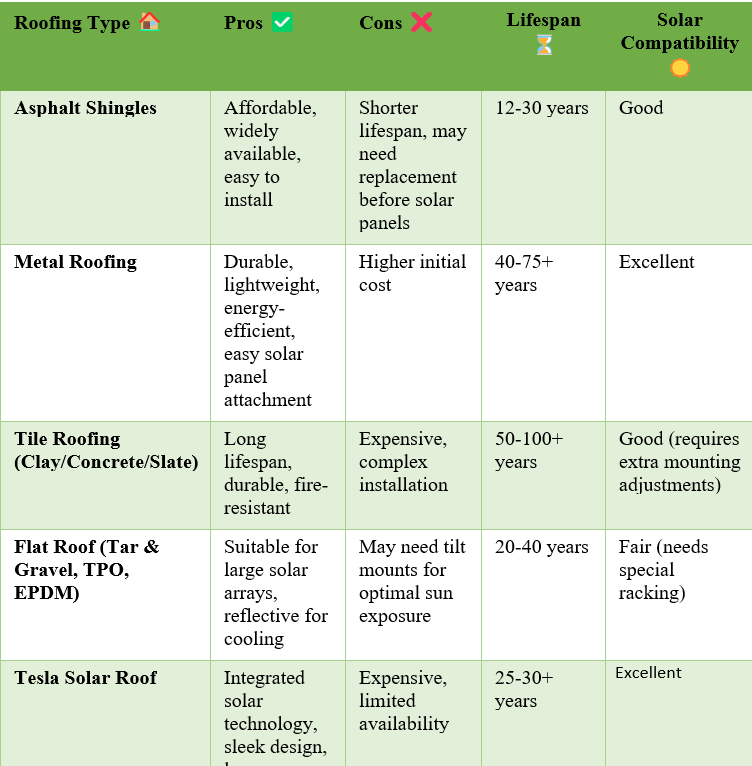
1. Regular Cleaning:
To maintain efficiency, clean your solar panels regularly, especially in areas with little rainfall. Dust, leaves, and bird droppings can accumulate, reducing their effectiveness. A garden hose can usually suffice, but for tougher grime, use a soft brush and mild soap.
2. Professional Inspections:
Annual professional inspections are crucial to spot potential issues early. Experts can detect loose wiring, cracks, or other damages that might not be visible to you, preventing costly repairs down the line.
3. Monitor Energy Output:
Monitoring your energy output ensures your solar panels are working optimally. Most systems include software for tracking performance. A sudden drop in energy production could signal a problem needing attention.
4. Trim Nearby Trees:
Overgrown trees can cast shadows, reducing solar panel efficiency. Regularly trim branches to ensure your panels receive maximum sunlight throughout the day.
By adhering to these maintenance tips, you can keep your solar panel roofing efficient and durable, maximizing your investment in renewable energy. A little upkeep goes a long way in sustaining your eco-friendly lifestyle.
Environmental Impact of Switching to Solar Panel Roofing
Switching to solar panel roofing is a significant step towards sustainability, offering both environmental benefits and energy cost savings. By utilizing solar energy, homeowners can drastically cut their carbon footprint, contributing to a cleaner planet. This transition is not just about following a trend but making a meaningful impact.
Reduction in Greenhouse Gas Emissions
Solar panel roofing plays a crucial role in reducing greenhouse gas emissions. Unlike fossil fuels such as coal and natural gas, which emit large amounts of carbon dioxide, solar panels produce clean energy without harmful emissions. A typical residential solar system can offset three to four tons of carbon emissions annually, akin to planting over 100 trees each year.
Conservation of Natural Resources
Solar energy is a renewable resource, unlike finite fossil fuels. By choosing solar panel roofing, homeowners help conserve these vital resources, reducing reliance on non-renewable energy and promoting energy independence. This shift supports environmental preservation and resource conservation.
- Sustainable Energy Production: Solar panels convert sunlight into electricity, offering a clean energy source.
- Decreased Water Usage: Solar systems require minimal water, unlike traditional power plants, conserving water resources.
- Reduced Air Pollution: By lessening fossil fuel use, solar panels decrease air pollutants, enhancing air quality and public health.
In summary, adopting solar panel roofing is a profound environmental choice, reflecting a commitment to sustainable living and a healthier planet.
FAQ
-
What is the best roofing material for solar panels?
Asphalt shingles, standing seam metal, and tile roofs work best for solar panel installation. -
Are solar shingles better than traditional solar panels?
Solar shingles blend into the roof, but traditional panels are more efficient and cost-effective. -
How much does solar panel roofing cost?
Solar roofs cost between $20,000 and $70,000, depending on brand and size. -
Which brands offer the best solar roofing solutions?
Tesla Solar Roof, SunTegra, and CertainTeed are top-rated solar roofing brands. -
Can I install solar panels on any type of roof?
Most roofs can support solar panels, but flat and slate roofs may require special mounting systems.
Join the solar movement today! Thousands are already saving—claim your free consultation to get started. Schedule Your Free Consultation at FREE SOLAR POWER QUOTES
Interested in more options? Take a look at SOLAR ENERGY for tailored solar solutions that suit your home!

